7 Best Practices for Top-Notch Customer Service
How to give every customer white-glove treatment.
December 8, 2020. Time to Read: 11 Minutes
Customers today are proactive: They do their research and take control of their journey. They can either sing your praises on social media and other feedback channels or make it loud and clear that they are unhappy.
Customers want to be treated as individuals, not as numbers. That’s why relationships matter so much, whether you are a startup or a global enterprise. To establish friendly familiarity in the age of digital-first experiences, it’s all about the best customer service possible at every touchpoint along the way.
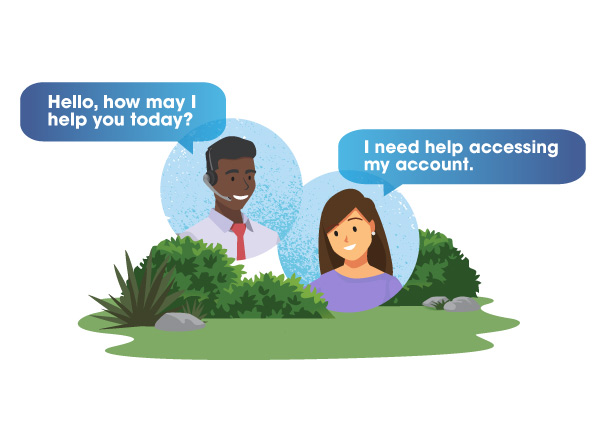
Keep your customer in focus.
Consider the classic example of a poor customer service experience. A customer waits endlessly on hold for a representative, who then recites a generic script in a monotone. The customer may get frustrated that the agent doesn’t have the information to help resolve the case, and then gets passed off to a different department.
Inevitably, customers interact with other departments in your company. They deserve customer service best practices from everyone they encounter.
Customers want to be part of a relationship. Becoming customer-centric is the art of prioritizing the customer relationship throughout your organization. It starts with asking difficult questions that inform changes to your operating procedures. Consider these questions:
- How should a customer service representative handle someone who is upset?
- Do marketing, sales, and customer service departments operate in silos?
- Does the customer experience feel fluid with singular interactions or disjointed?
Companies that put relationships first benefit from high customer loyalty and a positive reputation. Their customers act as passionate brand ambassadors.
Next, let’s learn the seven customer service best practices that lead to exceptional customer experiences.
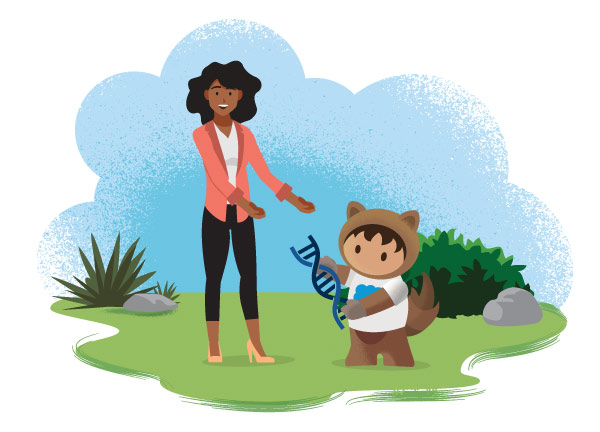
Make customer service best practices a part of your brand DNA.
When customers come to you for service, you greet them by name. The agent has comprehensive information about them at their fingertips and is able to quickly resolve their issue. Every customer ends their service interaction fully satisfied — and recommends your company without hesitation to family and friends and on social media channels.
To ensure this experience every time for every customer, implement this list of customer service best practices:
1. Empower every employee
Your customer service department is, in many ways, the face of your brand. It’s vital to attract the best talent with competitive pay and benefits. Offer a clearly defined path of training and promotion. Make the job fun with a gamified approach to onboarding and ongoing education, show appreciation for hard work, and find ways to reward a job well done to increase employee satisfaction. When you hire and retain exceptional service agents, exceptional customer service will follow.
2. Manage customer expectations
Customers often expect the world, but promising them the world may not be the best tactic. What happens when you can’t keep those promises? Be transparent with customers. Tell them exactly what they can expect and work hard to exceed those expectations. When customers see that your business is willing to go the extra mile for them, they will stay loyal to your company.
3. Nail your first impression
When a customer has a positive (or negative) experience, they have a lot of power over your reputation and bottom line. They’ll share stories about their experiences, carefully choose which businesses they give their money and time to, and recommend products and services based on personal and subjective experiences. All of this can happen within minutes and can make or break your relationship with prospective customers. Enable and encourage your agents to delight every customer. A customer relationship that starts off strong is much more likely to stay that way.
4. Collect as much data as you can — and use it
Give your representatives the tools they need to ask the right questions, gather important data, and enter it correctly into a customer relationship management (CRM) platform. These questions not only help establish a productive dialogue, they give you the opportunity to accomplish two major tasks: receive and implement valuable feedback and improve your ability to personalize your interactions. As customer needs shift, this data helps you adapt.
5. Personalize the relationship
Your CRM tools are invaluable to personalize customer interactions. In addition to gathering, organizing, and analyzing data, CRM platforms give agents an easy way to track customer preferences and history. When customer service agents are away from the office or are working with a customer in-person, cloud-based systems and mobile-friendly tools let your employees access and collaborate with real-time data to personalize every customer journey.
6. Meet customers anywhere
Omni-channel customer service experiences are the norm. Do your research to find where your customers are and how they want to interact — by phone, text, social media, live web chat, online forums, and a wide variety of other options. Equip your customer service department with a powerful CRM platform to reach customers on their preferred channels.
7. Maintain your focus
Clearly define your company’s customer service standards and then ensure everyone — from the CEO to the newly hired customer service agent — stays focused on the customer. Keep the lines of communication open across your company. Give your agents the tools and support they need in order to provide superior service, and reward them when they do. Your customers are the heart of your business, and staying focused on them is the best practice of all.
Put customers at the center of everything you do.
Implement these customer service best practices and start your journey to long-term relationships that grow over time. To make this a vision a reality, an agile CRM platform helps you to build and maintain the customer relationships that grow your business.
Discover more in the Customer 360 Playbook.
Get step-by-step instructions on how to:
- Address mindsets in your organization
- Design customer-centric business processes
- Respond to customers now and in the future

Blog
How Emotional Intelligence Increases Customer Loyalty

Blog
How to Make Employees Your Customer Community Superpower

Blog
4 Ways Service Organizations Can Become Human-Centric
Related Content
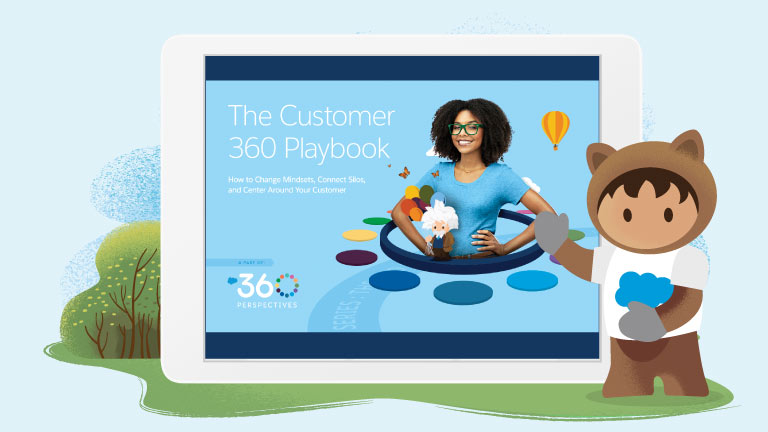
Guide
Discover more in the Customer 360 Playbook
How to address mindsets, design customer-centric processes, and respond to customers now and in the future.
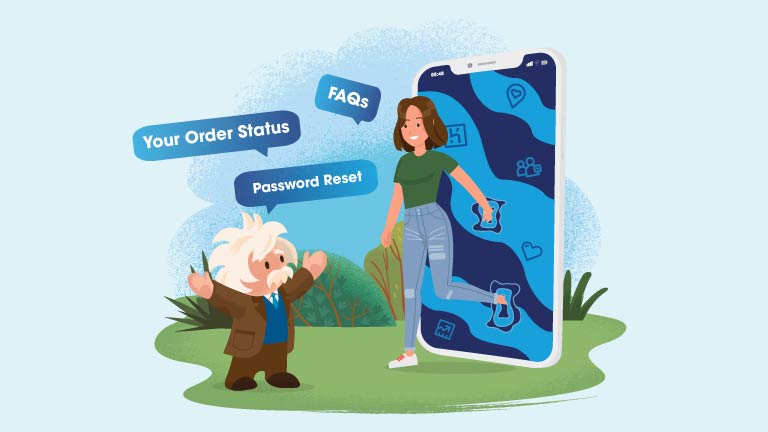
Article
The Importance of Customer Self-Service Portals
Discover how customer self-service portals help your business and your customers.
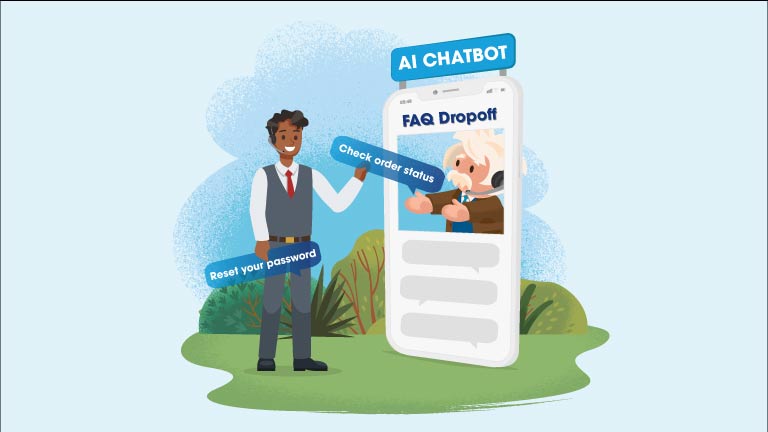
Article
How to Scale Your Customer Service with Chatbots
Use customer service chatbots to reach more customers and boost agent productivity.




